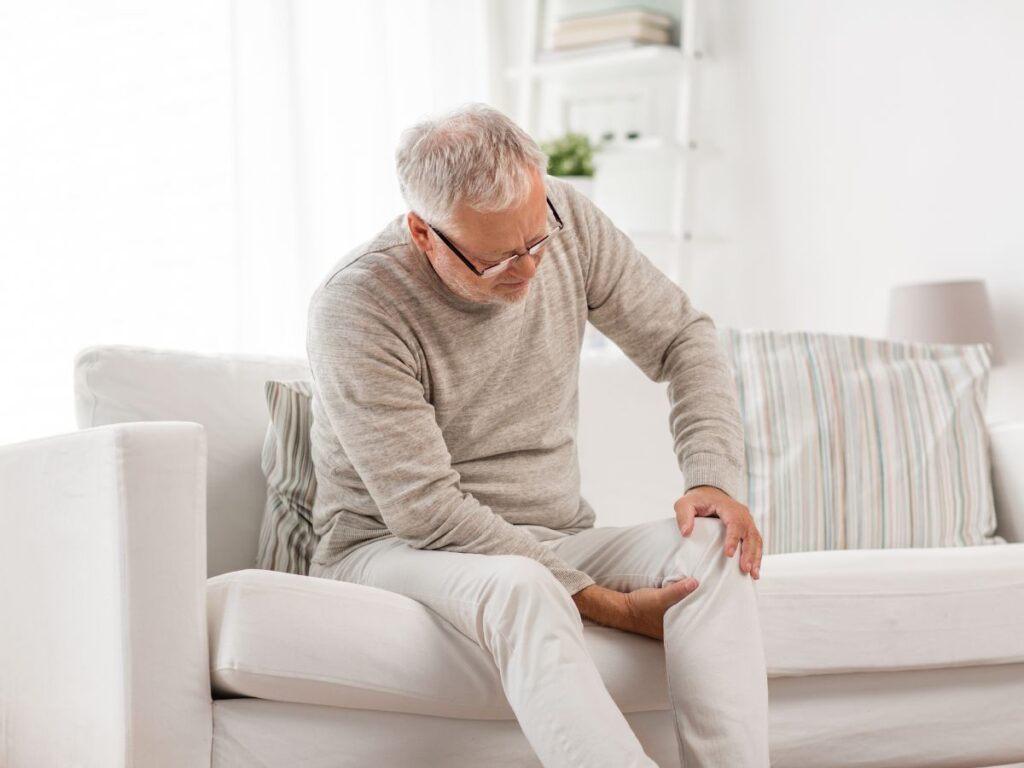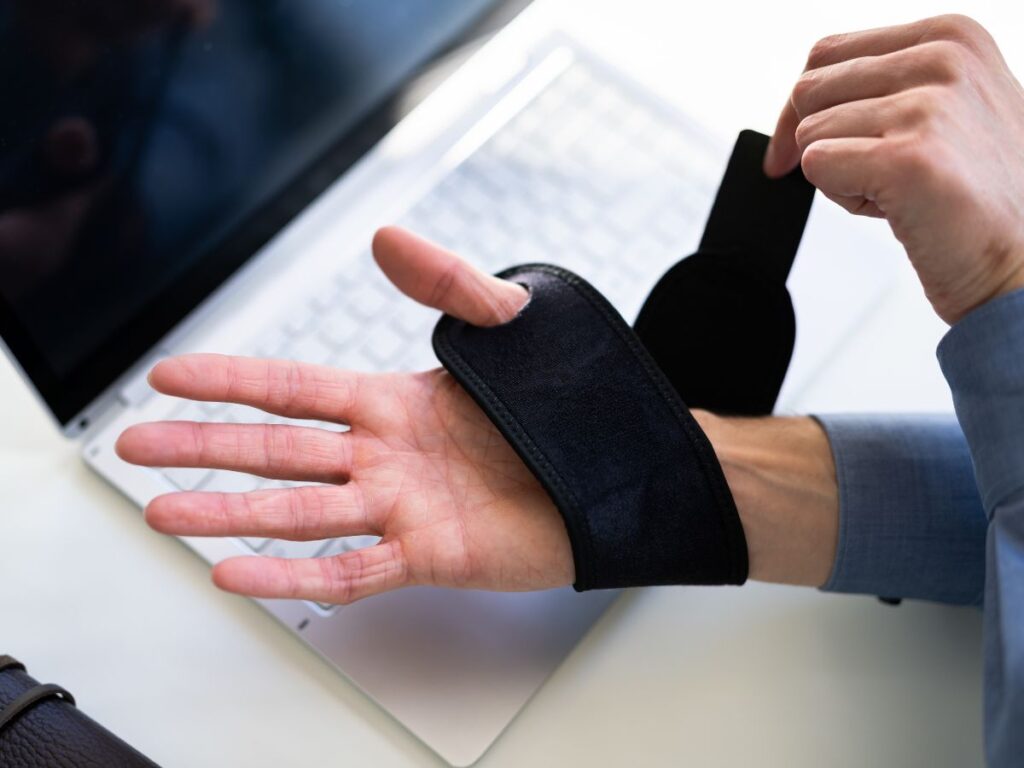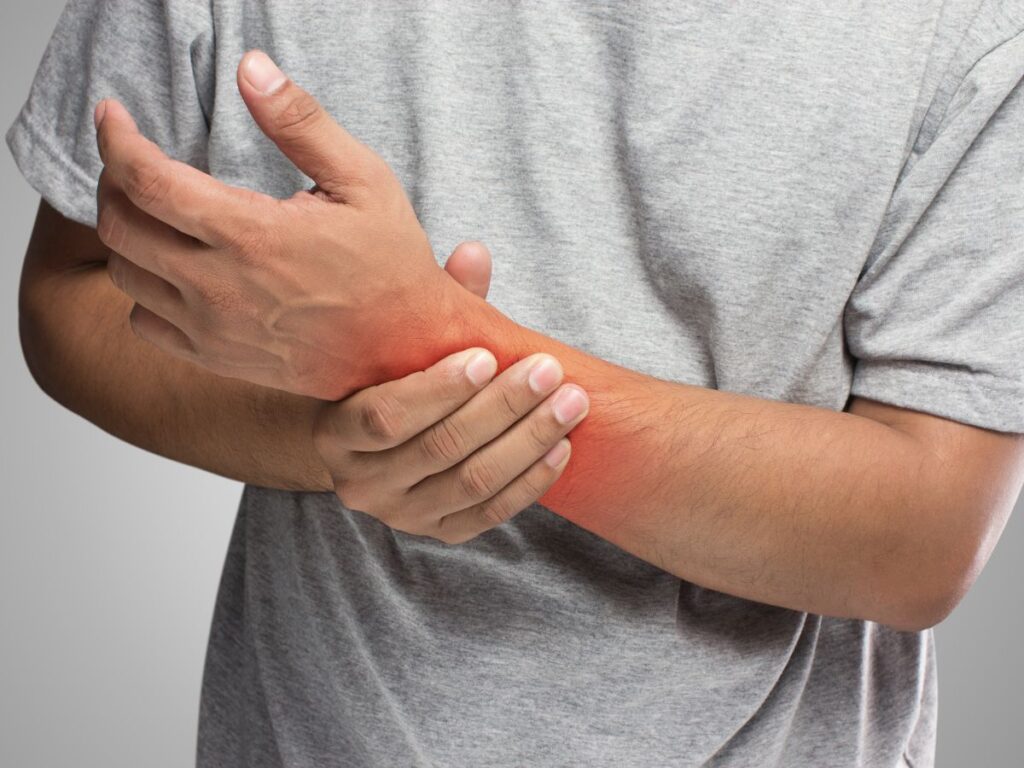Why Ankle and Foot Pain Matters
Your ankles and feet form a robust foundation that supports your entire body. When pain strikes in these areas, everyday tasks like walking, standing, or even sleeping can become a trial. Ankle and foot discomfort also creates a domino effect, as altered gait mechanics can stress the knees, hips, or lower back. Neglecting early warning signs may lead to chronic issues, from tendinitis to more severe conditions like stress fractures.
Recognizing the significance of ankle and foot health is crucial. These joints handle relentless pressure—particularly if you have a physically demanding job, engage in sports, or carry extra body weight. Acting proactively not only alleviates current pain but also prevents further complications that can impact your overall mobility.
Key Factors Behind Foot Discomfort
Ankle and foot pain often develops when tissues designed for shock absorption become strained or inflamed. Common triggers include:
- Overuse Injuries: Repeated stress from running, jumping, or long hours on your feet
- Improper Footwear: Tight shoes or high heels that shift weight distribution
- Flat Feet or High Arches: These structural variances can stress certain muscles or tendons
- Sprains and Strains: Twisting the foot, missing a step, or stumbling on uneven ground
- Inflammatory Conditions: Arthritis and related disorders attacking cartilage or synovial lining
Identifying the core issue—be it biomechanical or lifestyle-related—makes it easier to select strategies that promote lasting relief rather than temporary fixes.
Early Warning Signs
Foot and ankle pain often begins subtly, perhaps as mild soreness after a long day of standing or a slight twinge when you roll your ankle. These early symptoms can escalate quickly if you continue repetitive motions or ignore poor footwear choices. Be alert to:
- Aching arches upon waking up
- Swelling around the ankle joint
- Sharp pains when pushing off the toes
- Persistent stiffness in the morning or after rest
- Instability or wobbly sensations while walking
Responding to these signals promptly—such as replacing worn-out shoes or cutting back on intense workouts—may prevent a mild strain from developing into a chronic problem.
Impact on Daily Life
Discomfort in the ankles or feet can severely limit your ability to engage in routine tasks. Strolling through the grocery store, playing with children, or commuting via public transportation can all become challenging if every step triggers discomfort. Some individuals may avoid social events or active hobbies, worried that prolonged standing or walking will provoke flare-ups.
This reduced mobility may weaken stabilizing muscles, creating a cycle where pain further impedes movement, and inactivity exacerbates stiffness. Recognizing how ankle or foot issues affect your everyday life can motivate you to seek a more comprehensive approach to recovery.
Holistic Therapies to Consider
Although resting a painful foot may offer temporary relief, more targeted solutions often yield lasting benefits. A comprehensive plan could include:
- Strengthening Exercises: Simple moves that fortify calf, ankle, and foot muscles
- Flexibility Drills: Gentle stretches to keep ligaments and tendons supple
- Manual Adjustments: Techniques like joint mobilization or massage to enhance circulation
- Supportive Devices: Orthotics or braces to correct gait imbalances
- Heat/Cold Therapy: Applying warmth to relax tight muscles, alternating with cold to ease inflammation
Such an integrated approach addresses the anatomical, muscular, and lifestyle aspects contributing to ankle or foot pain. This well-rounded perspective often improves comfort more effectively than a single remedy alone.
Exercise Routines for Relief
Consistent, low-impact exercise helps strengthen the complex network of muscles and tendons in the lower extremities. Before beginning a new routine, consider a professional evaluation to ensure exercises match your condition. Beneficial movements may include:
- Toe Raises: Lift onto the balls of your feet to target calves and improve balance.
- Ankle Circles: Rotate each foot in both directions, encouraging joint mobility.
- Resistance Band Work: Loop a band around your foot and move it in different planes to engage supporting muscles.
- Marble Pickups: Use your toes to pick up small objects, enhancing foot strength.
Gradual progress and proper form matter. Jumping into high-intensity routines can aggravate existing inflammation or create new strains.
Footwear and Lifestyle Choices
What you wear on your feet can significantly influence pain levels. Shoes with solid arch support and cushioning can minimize the impact on sore muscles or joints. Avoid wearing the same pair of shoes every day if possible—rotating footwear can reduce repetitive stress. Orthotic insoles, customized or over-the-counter, may help correct minor alignment issues.
Beyond footwear, small lifestyle shifts enhance comfort and mobility. Taking frequent breaks from standing or walking is beneficial, especially if you spend long hours on your feet. Maintain a healthy weight to lower pressure on the ankles, and consider cross-training exercises like swimming or cycling to build endurance without pounding on the joints.
Mind-Body Elements
Chronic ankle or foot pain can erode patience, increase stress, and even interfere with sleep. Over time, emotional strain may actually heighten muscle tension, perpetuating the pain cycle. Incorporating relaxation techniques—such as mindfulness, gentle yoga, or breathing exercises—fosters a calmer mindset. This psychological ease often translates into more relaxed muscles and better circulation, boosting your recovery process.
Additionally, nurturing positive coping strategies can enhance your adherence to therapeutic exercises, ensuring consistent effort. A balanced approach that respects both physical and mental health typically leads to greater success in conquering ankle and foot pain.
Book Your Appointment Now
If persistent ankle or foot pain is limiting your life, it’s time to take action. Schedule your appointment directly on this page, and let’s explore a customized therapy plan that addresses your unique needs. From targeted exercises to footwear guidance, we’ll craft a multifaceted approach designed to restore your mobility and confidence.
Don’t allow discomfort in your lower extremities to sideline your goals. Reserve your spot today and experience how informed strategies, consistent practice, and empathetic support can turn the tide on ankle and foot pain.






